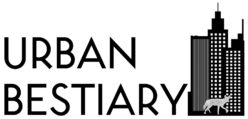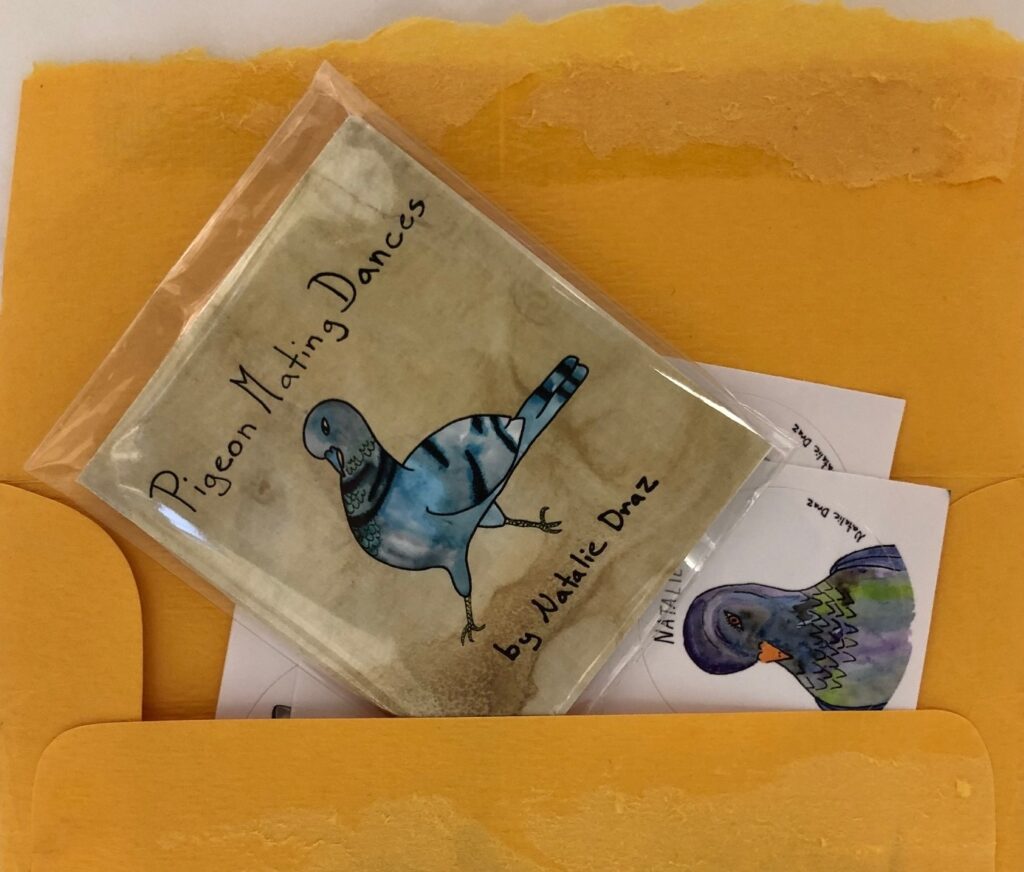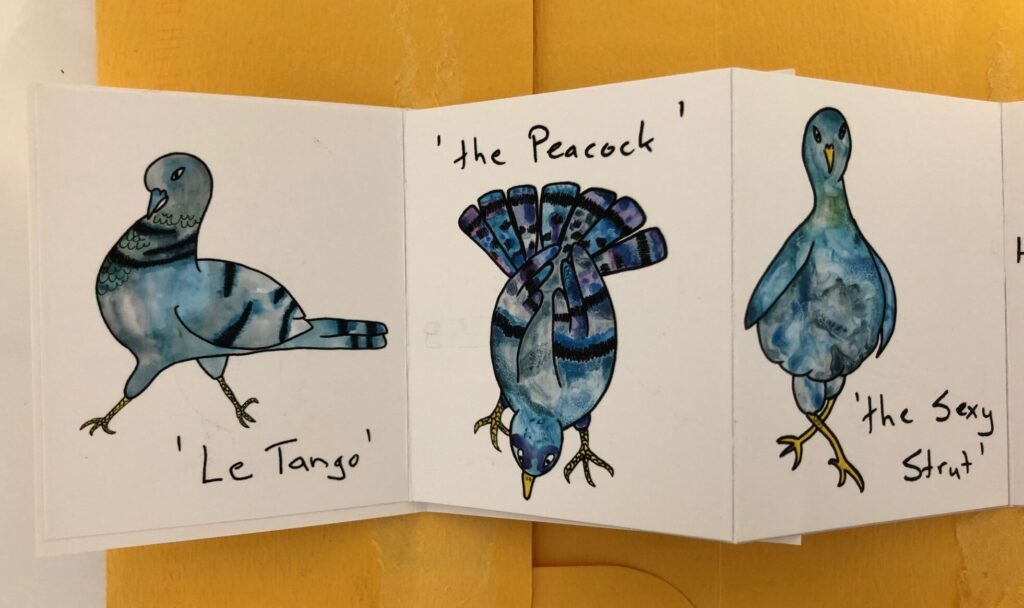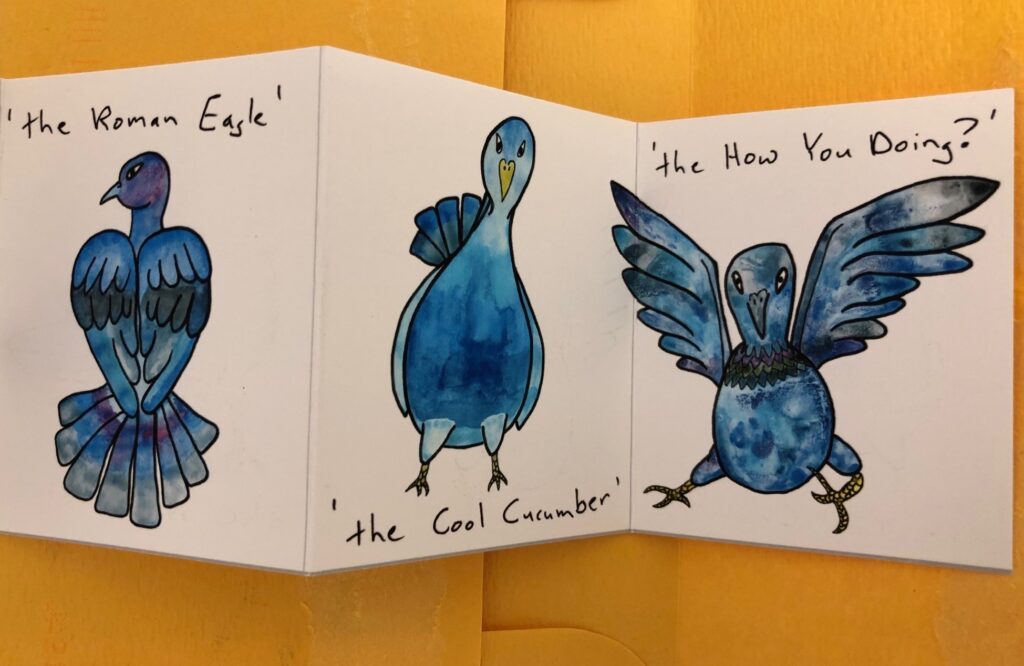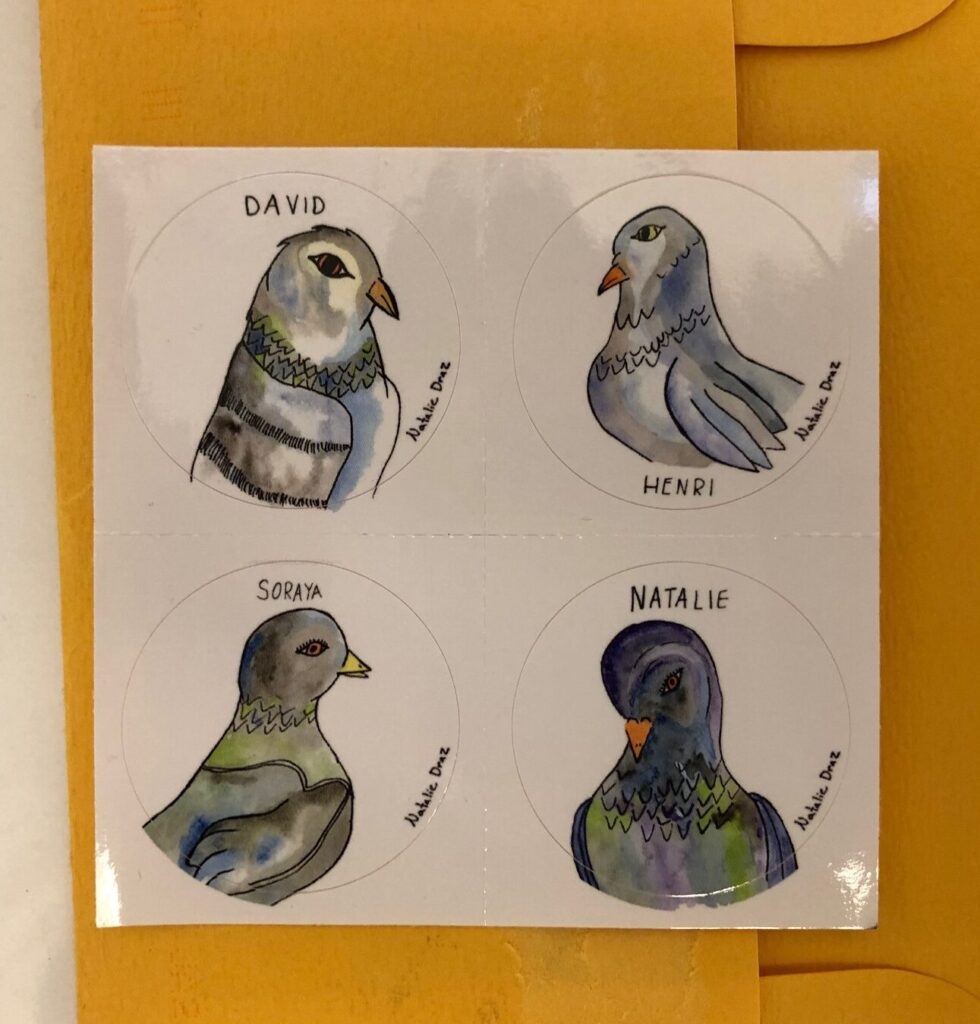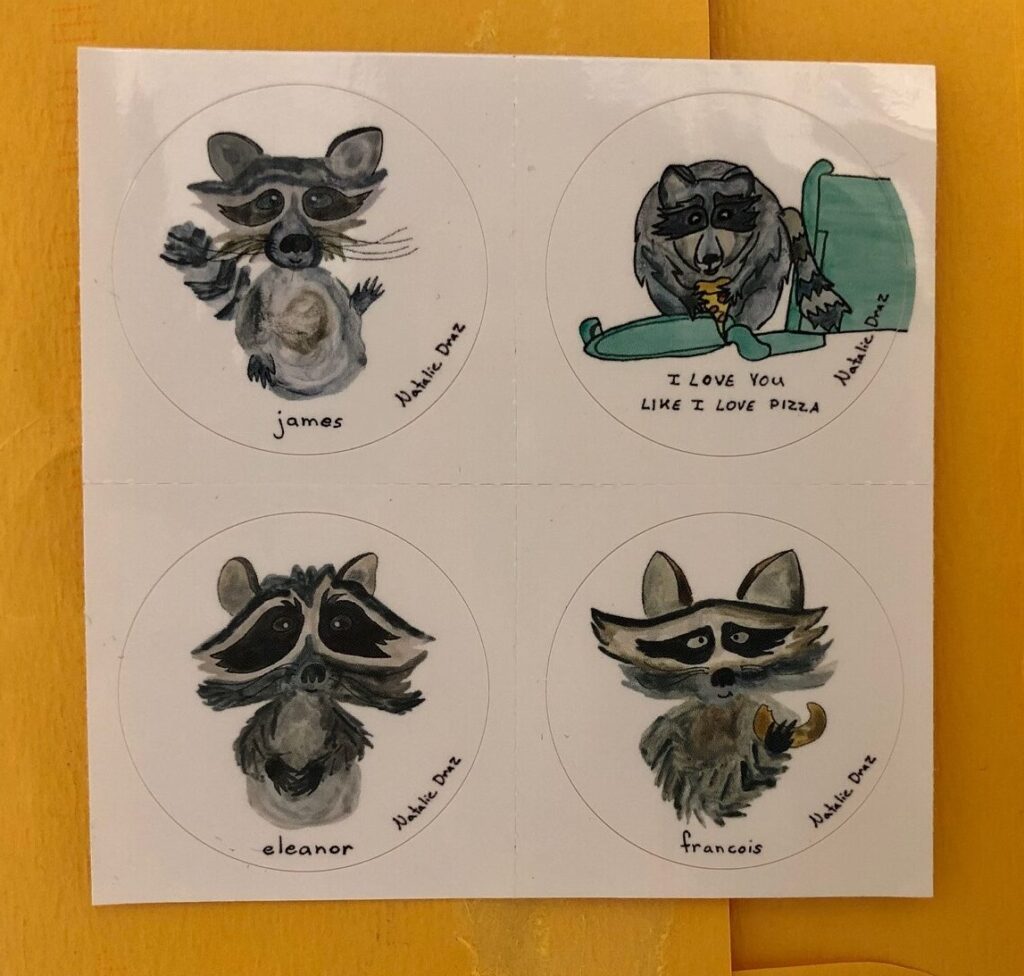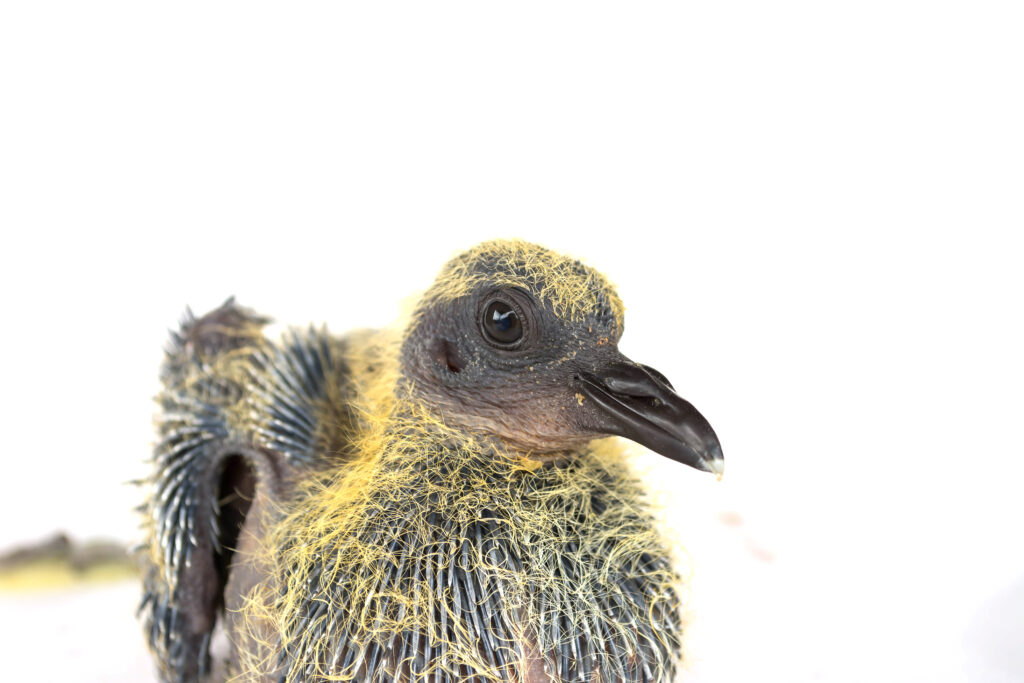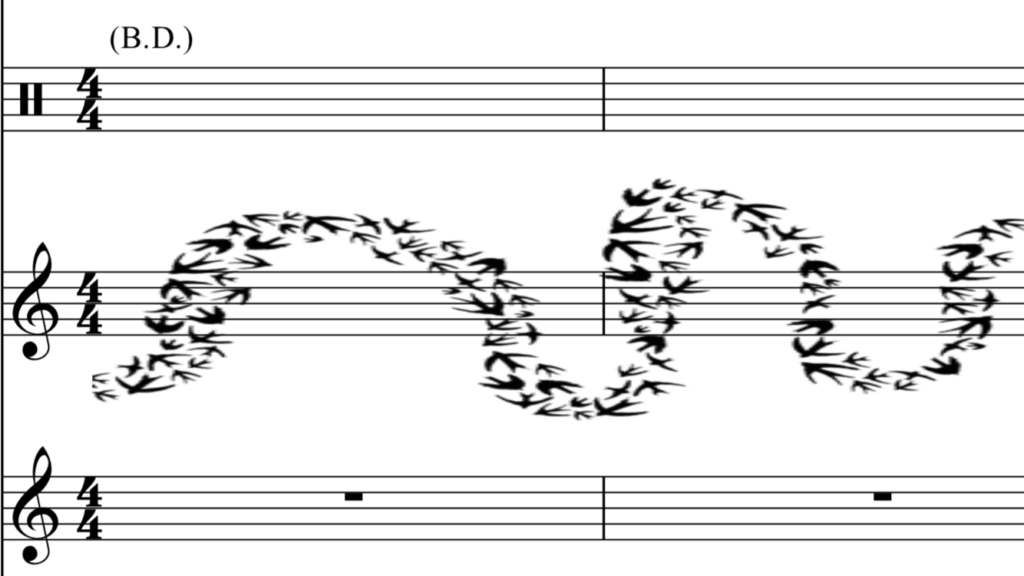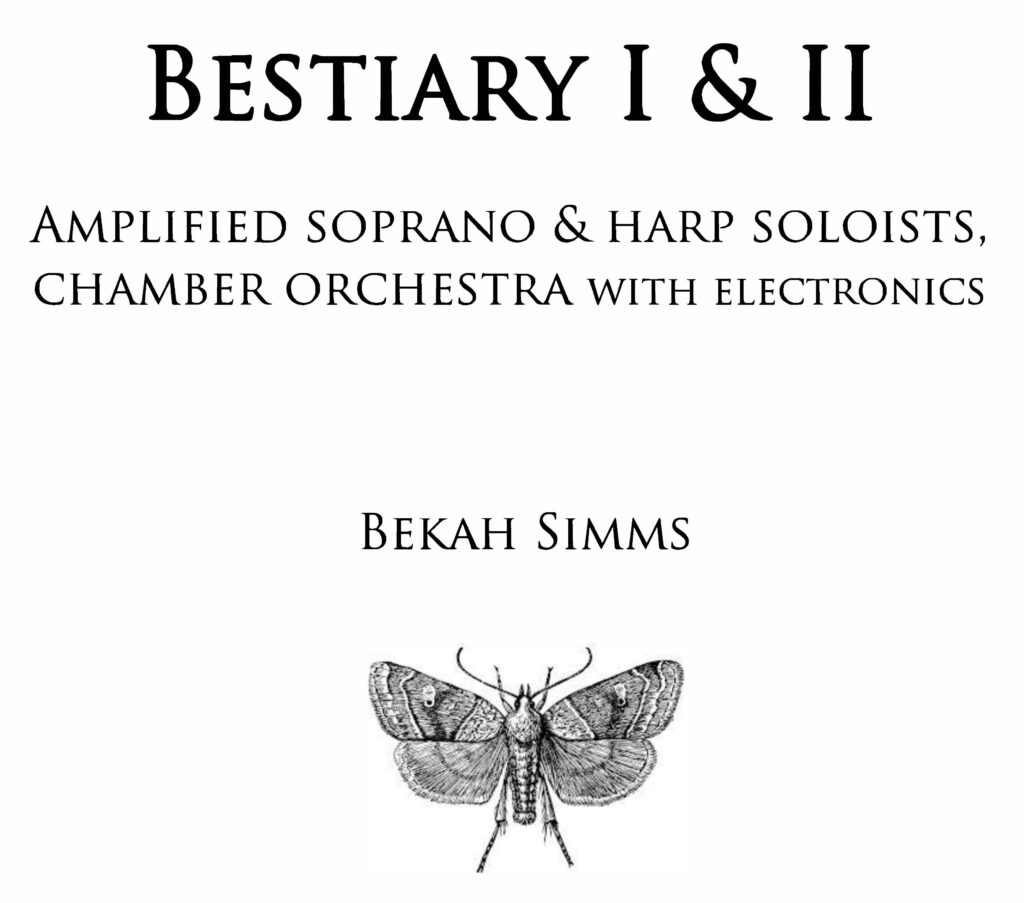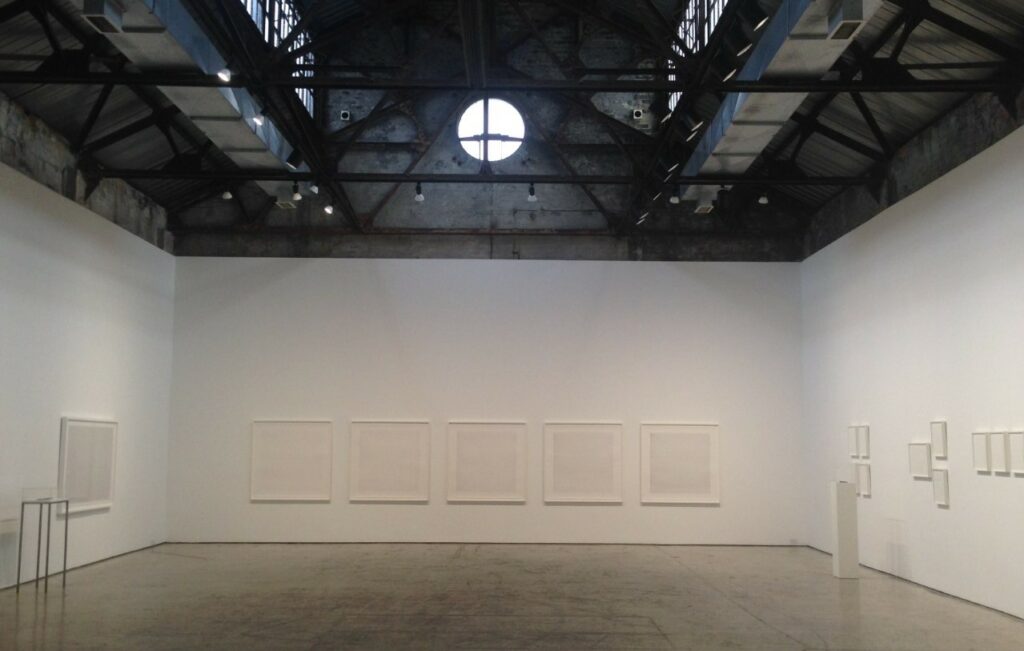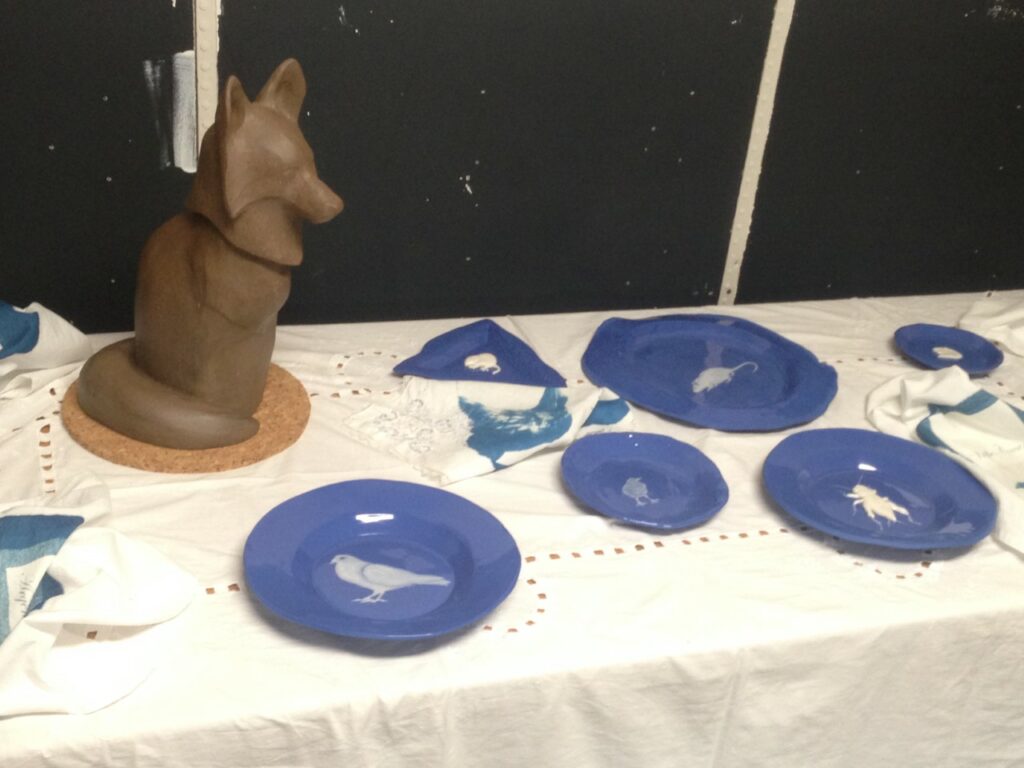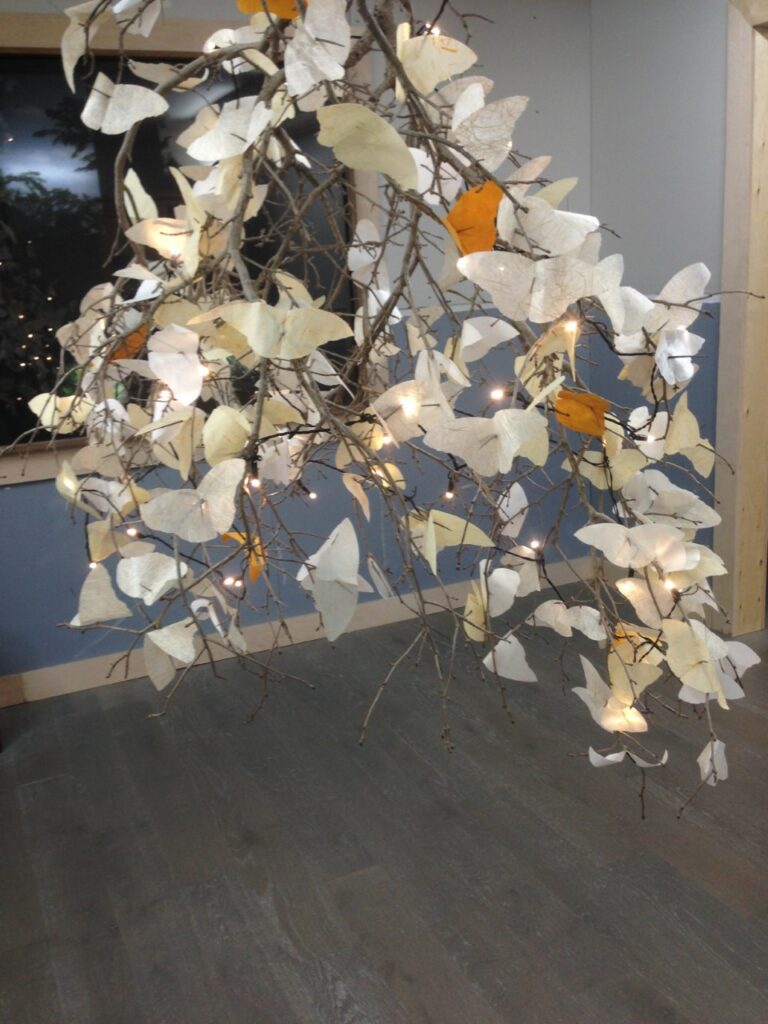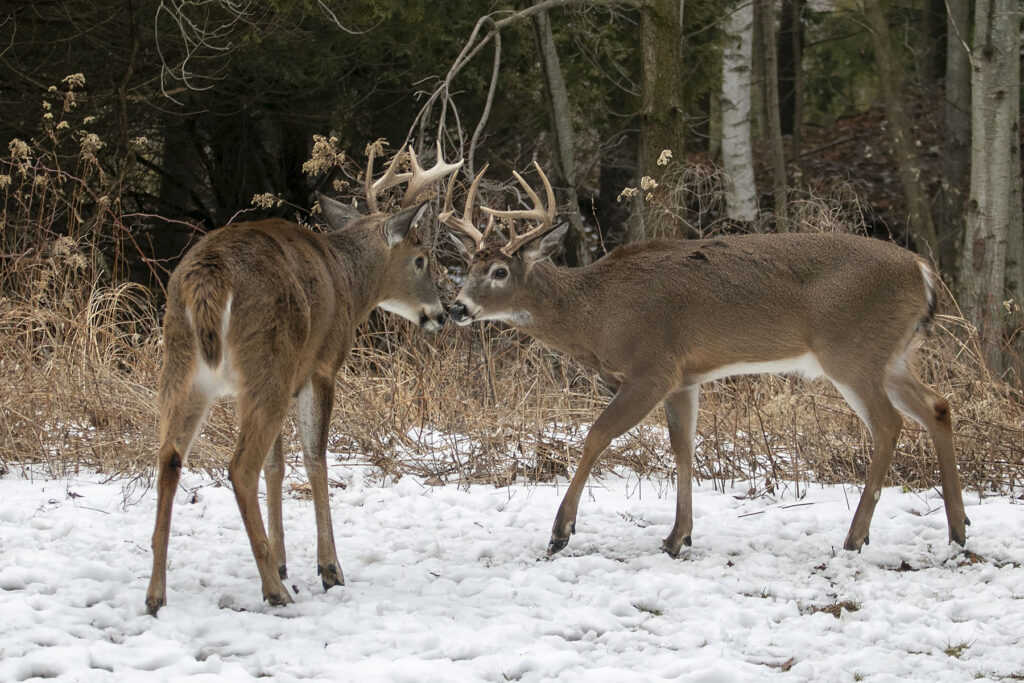
Ann Brokelman spends every day out in Toronto’s parks and wilder areas, with her camera and a coffee. Since retiring from the City of Toronto’s Arts & Culture division 4 years ago, she has enjoyed countless hours watching and photographing Toronto animals, from buck to beaver (that is just today!), coyotes, fox, birds, and every other local creature you can think of.
A “Wildlife Photography Safari with Ann Brokelman” was one of the silent auction items at the Toronto Wildlife Centre’s Wild Ball last November, donated to raise funds for the TWC. When I commented to other Wild Ball volunteers that night about how awesome the photography safari would be, I heard from them that Ann is a wonderful photographer and might also be a TWC volunteer. It turns out that she is both.
Ann has been a wildlife photographer for more than 13 years. She also helps with Toronto Wildlife Centre animal rescues, and she has been part of hundreds of releases when an animal has healed or grown enough to be returned to the wild. She photographs many of the releases for the TWC.
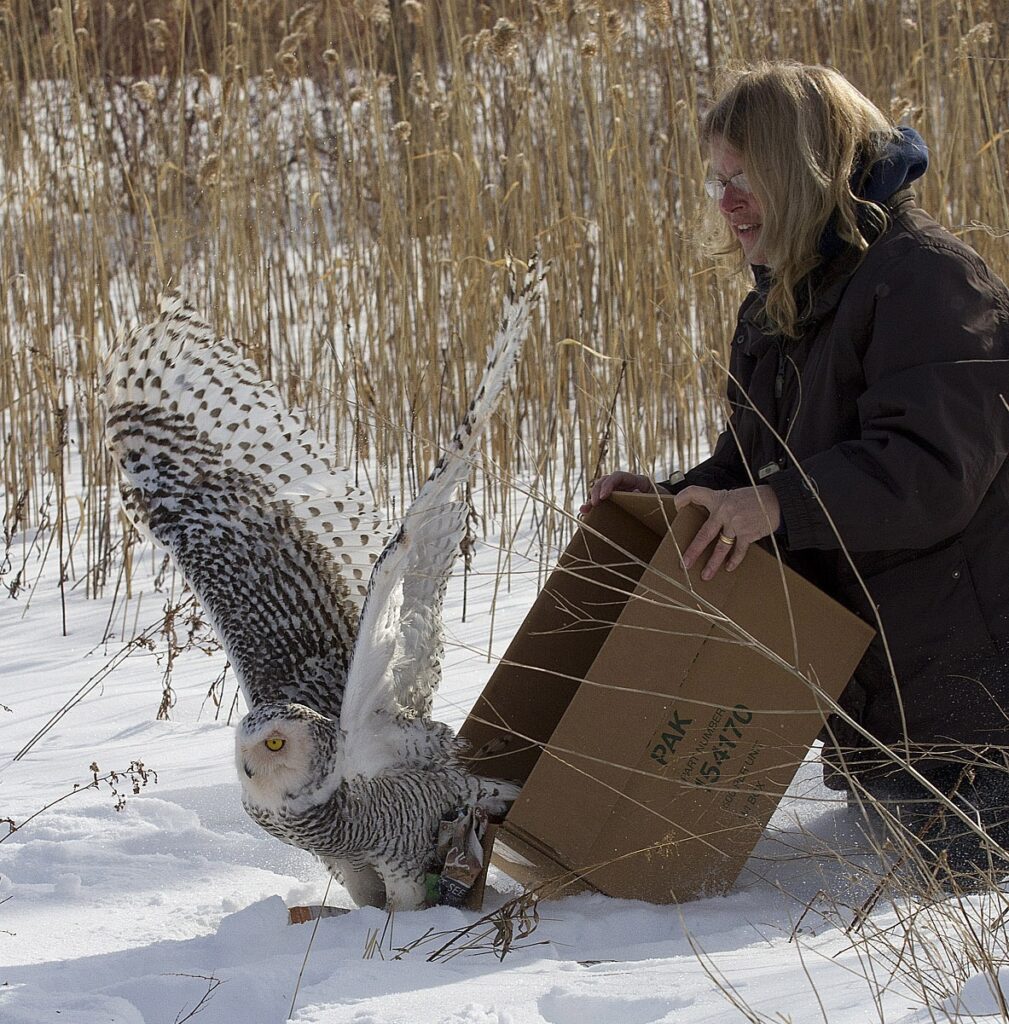
Her Wildlife Photography Safaris were created when Ann was looking for a way to donate to the Toronto Wildlife Centre. She thought, “I know where the animals are in Toronto, so why don’t I take people with me.”
On her first safari, three years ago with a woman who works as a neurologist, they saw 67 different species in one day. They were out from 8am until 6pm. Ann says, “we were on a roll… baby hawks, baby swans, baby ducks, baby deer … we just kept going because it was one of those things – this is the only chance!”
It was a friend of mine’s birthday last week. I had been thinking for weeks about what would be a super special gift for her. My friend is a birder and co-founded the Toronto chapter of a bird watching group, and a gardener, and photographer with a new camera she is getting to know. I thought of the photography safari auction item at the Wild Ball, and contacted the TWC’s event manager, Elena. She contacted Ann. It turned out that yes, Ann does offer Wildlife Photography Safaris year-round, to anyone who would like to go on one. A portion of her fee goes to Ann to cover costs and the rest goes directly to the Toronto Wildlife Centre as a donation. The perfect gift for my friend.
To prep for each full-day or half-day outing, Ann asks people which animals they are most interested in seeing. She says, there are some animals she can pretty much guarantee could be seen every day. Others, of course, are seasonal.
Guests on Ann’s safaris have the opportunity to use her camera. (A Canon 7D Mk with a 400mm prime lens.) The lens is crucial for getting clear colour-rich photos of animals and birds from a distance. Also, “you can see behaviour so much better by taking a short 30 second clip,” she says of the chance to video record using her equipment. If the person prefers to use their own equipment rather than her camera, Ann will take a few memory photos of the day.
One of the safaris she guided last year was with a fellow who was thrilled with the wildlife images he got, including Red Tailed Hawk babies. Ann tells me, “These babies were about 3 weeks old and they were dancing! So I suggested that he video record them. The adult came in with food and he captured all that on video.” This safari guest was a photographer with his own equipment that he used most of the day, but he used Ann’s long-distance lens and the video capabilities of her camera to be able to get the shots that were so special to him.
A Wildlife Photography Safari full day is around 6 or 7 hours, including driving to locations, walking, and enjoying the outdoors. Ann likes to help people understand the animals they see and why they are seeing it – all of the things that make it interesting.
She shows her guests things like how to stand to get great photos, how to use her camera, and “I can give people background of what has happened and what will happen next with the animal.” She says, “I try to teach the person about what we are seeing, what’s going on, what to expect, why the animals are here, what they are doing, what’s going on with them this time of year.”
“More than just taking pictures, it’s what’s going on in nature and in the world.” – Ann Brokelman
“Right now there are Snowy Owls all over the place – there are 8 that I know. In May, the little birds are coming through, and there are 5 locations I go to. When photographing birds, what I am looking for is colouring. I want to see what colour the beak is, I want to see what colour the feathers are, what colour is the fur and is it healthy, what colour is their tail, are all of the tail feathers there… all of those things are important to know when you are taking photos. There are also techniques for how to get the animal’s eye in the light so you get the glint – that is what makes the photos come alive.”
She brings a monopod or tripod, as well as her two all-time favourite books: Behavior Of North American Mammals by Mark Elbroch and Kirk Reinhart (which she found in Muskoka, and I intend to find online) and The Sibley Guide to Bird Life and Behavior by David Allen Sibley, which she received as a gift from a friend. “I really love to study and read about animals. I carry these books with me and if I see something unusual, one of these two books will usually explain what is happening.”
After the day of photographing wildlife, Ann adjusts the best of the photos in Photoshop and provides all of the images from the day as large Jpgs on a USB key for the safari guest to keep.
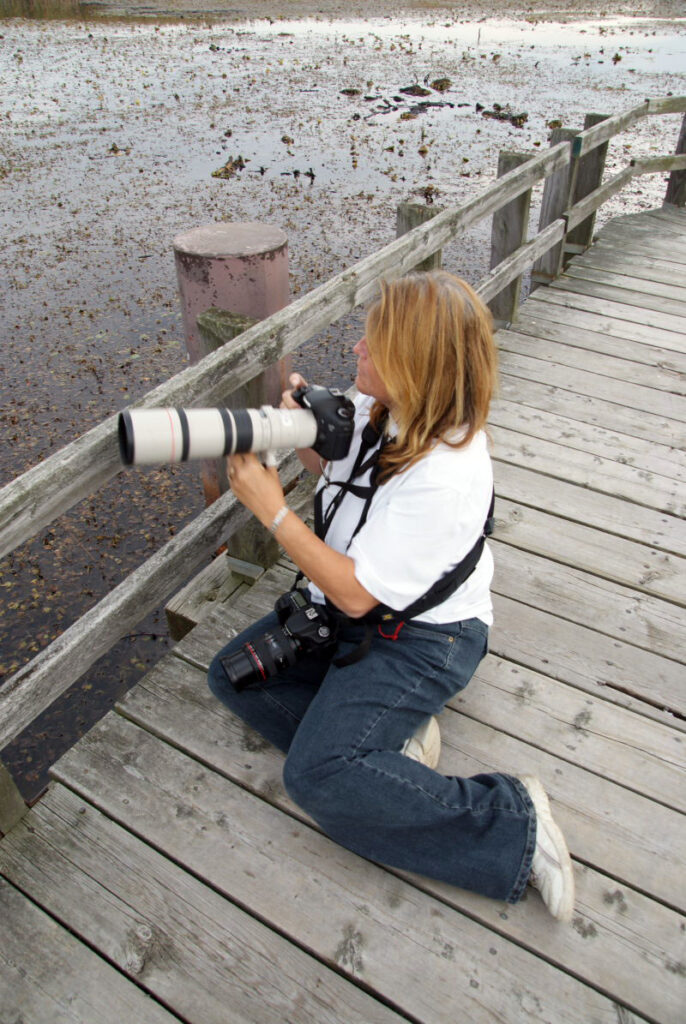
When I spoke with Ann on the phone at 5:30pm, she had just arrived home after being out since 12:30pm. She said, “Today I picked up a coffee pulled up into a park with my camera, my coffee, and my purse. I went for a walk and saw nothing. Then on my way back to my car I saw a buck! I got photos of two bucks together with a young buck. And a strange thing happened. One of the bucks put its head between female’s legs and picked her right up off the ground. I thought, what is going on? Rutting season is in November. And what is he doing with horns still… they should be gone this time of year. I will investigate… this is unusual behaviour for this time of year.”
At that same park this afternoon, a woman asked Ann if she had seen the beavers. Ann had replied that she hadn’t seen the beavers for quite a while. So Ann went over to where the beavers are, watched as one cleared the bark off a branch, finished and tossed it away, and got another branch to work on. Ann got some wonderful photos of the mom and the baby beaver above the water. A particularly special treat, since it is the first week of February, and a thick layer of ice is usually covering the water.
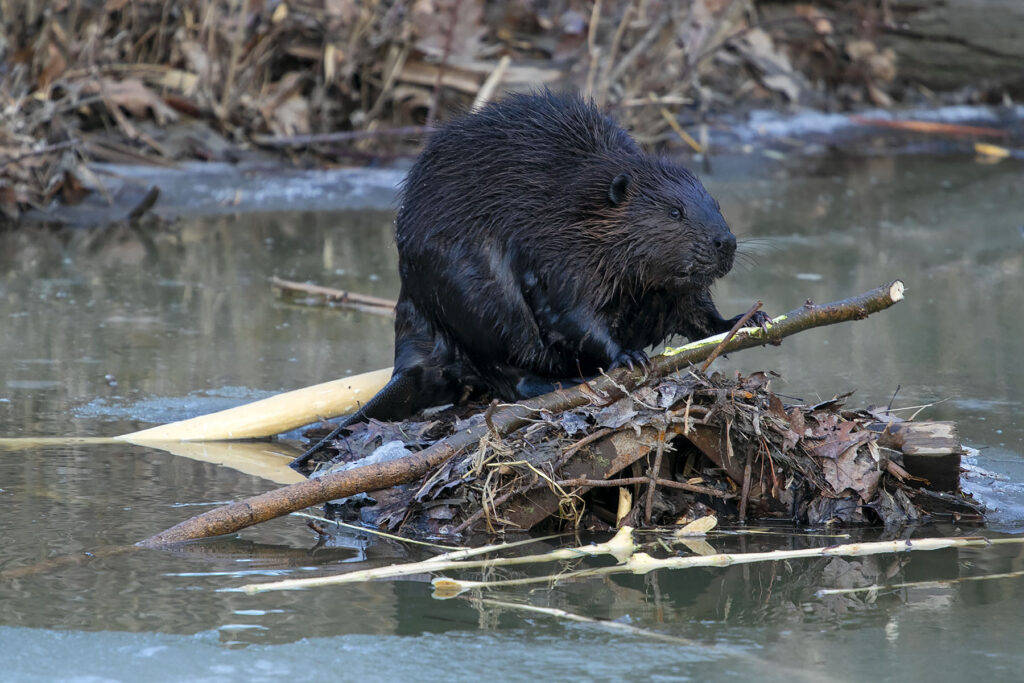
“I live and breathe nature,” she says. “Even at my house we have cameras and night vision cams all over the place. It is especially great to see the animals’ behaviour. There is a fox who pees in the exact same place every night.”
“Today I spent a lot of time videotaping and took a lot of photos… I can just watch the animals as well – I don’t need to take images. When I take someone else out with me, I don’t shoot – I focus on their experience.”
“I could tell you the story of every photo I have ever taken – where I was, when it was, who I was with. A beautiful shot and a beautiful moment become a memory.
I am a memory photographer.”
Photographer and Toronto Wildlife Photography Safari guide Ann Brokelman volunteers for Coyote Watch Canada, Shade of Hope, Toronto Wildlife Centre, and The Owl Foundation. She also writes “On the Wild Side” articles for Beach Metro News.
She can be found online at:
Ann Brokelman Photography in the Wild
Nature Photos By Ann Brokelman
Ann Brokelman’s On the Wild Side articles in Beach Metro News are here
A gorgeous story featuring Ann Brokelman’s images in the Niagara Escarpment News is here
